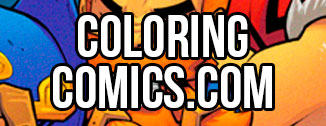Continuing my Conan reread for Cimmerian September, the eighth published Conan story is Iron Shadows in the Moon, which arrived in the April 1934 issue of Weird Tales magazine under the renamed title Shadows in the Moonlight.
The story opens in the midst of action, with a woman named Olivia on the run from a man named Shah Amurath but, before he can hurt her again, Conan emerges from the dark and has his own vengeance ready for the Hyrkanian slaver:
“Shah Amurath, the great Lord of Akif! Oh, damn you, how I love the sight of you—you, who fed my comrades to the vultures, who tore them between wild horses, blinded and maimed and mutilated them all, you dog, you filthy dog!” His voice rose to a maddened scream, and he charged.
Even though we haven’t heard about this battle before, Conan’s rage-laden description of it gives us all the information we need and a distinct feeling that the Cimmerian’s adventures spill out past these pages.
This story has been adapted twice in comics, in Savage Sword of Conan #4 from Marvel and Conan the Cimmerian #22-25 from Dark Horse, and both versions of Conan’s arrival here are really effective:
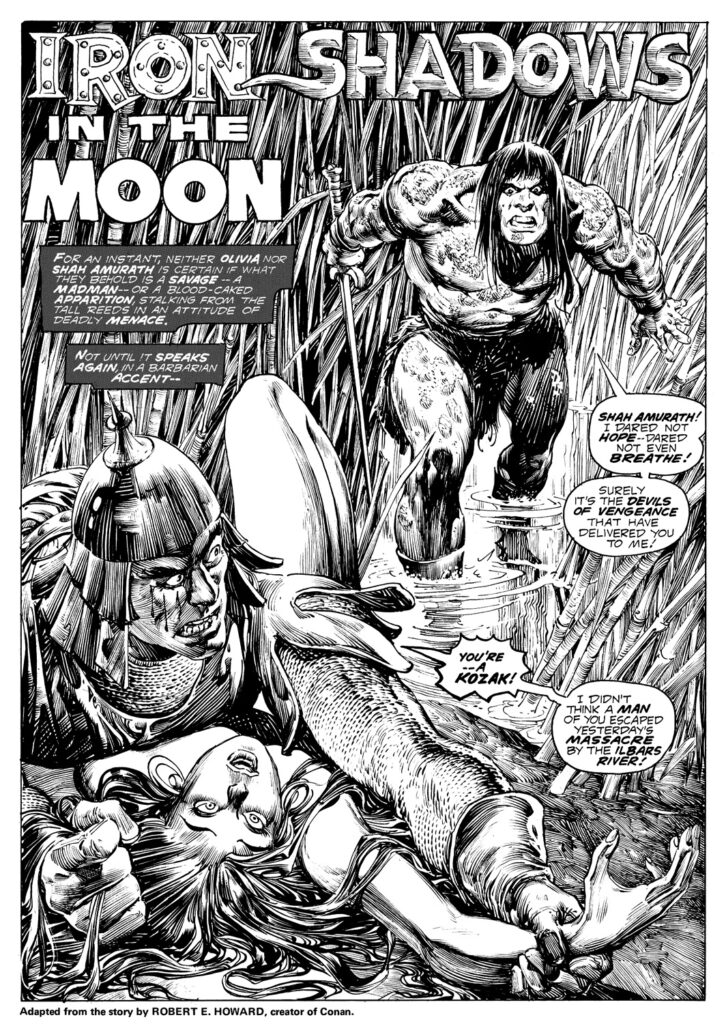
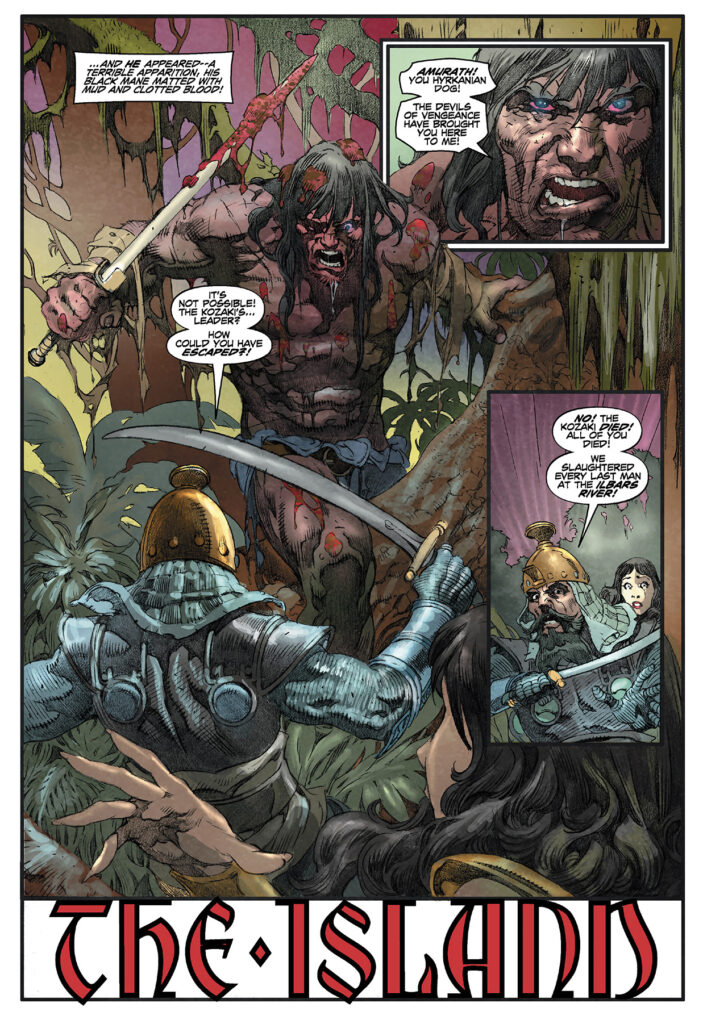
Conan unleashes barbaric fury and Howard wastes no time in knocking out some blood-pumping prose:
There was an instant when the blades flamed and licked, seeming barely to touch each other and leap apart; then the broadsword flashed past the saber and descended terrifically on Shah Amurath’s shoulder. Olivia cried out at the fury of that stroke. Above the crunch of the rending mail, she distinctly heard the snap of the shoulder-bone. The Hyrkanian reeled back, suddenly ashen, blood spurting over the links of his hauberk; his saber slipped from his nerveless fingers.
Olivia is afraid of the blood-spattered warrior before her, but also knows she can’t survive on her own and can’t risk being recaptured by the Hyrkanians, so she goes with Conan, who has a small boat hidden amongst the reeds.
Howard is really on the mark when it comes to lyrical writing in this story, because even when the plot drags there are wonderfully evocative sentences that conjure up tons of atmosphere:
The sun sank like a dull-glowing copper ball into a lake of fire. The blue of the sea merged with the blue of the sky, and both turned to soft dark velvet, clustered with stars and the mirrors of stars. Olivia reclined in the bows of the gently rocking boat, in a state dreamy and unreal. She experienced an illusion that she was floating in midair, stars beneath her as well as above. Her silent companion was etched vaguely against the softer darkness. There was no break or falter in the rhythm of his oars; he might have been a fantasmal oarsman, rowing her across the dark lake of Death. But the edge of her fear was dulled, and, lulled by the monotony of motion, she passed into a quiet slumber.
John Buscema and Alfredo Alcala must have been deeply inspired as well, because their vision of that moment is one of my favorite Savage Sword panels ever:

Conan rows all night and the island he brings them to is filled with mystery. As they explore, a large stone comes crashing down, almost hitting them. Just looking at it, Conan knows that no human being could have thrown it, and now he’s on guard as they approach an overgrown ruin. Again, Howard is on point with effective description:
On all sides lay bits and shards of masonry, half hidden in the waving grass, giving the impression that once many buildings rose there, perhaps a whole town. But now only the long hall-like structure rose against the sky, and its walls leaned drunkenly among the crawling vines.
Whatever doors had once guarded its portals had long rotted away. Conan and his companion stood in the broad entrance and stared inside. Sunlight streamed in through gaps in the walls and roof, making the interior a dim weave of light and shadow. Grasping his sword firmly, Conan entered, with the slouching gait of a hunting panther, sunken head and noiseless feet. Olivia tiptoed after him.
Inside the ruins are a series of large black iron humanoid statues, unmoving but foreboding. As they continue investigating the island and take to a higher vantage point, Conan sees a large ship arriving below. The first chapter ends with Conan and Olivia deciding they don’t want to be found by sailors, so they take refuge in the ominous ruins for the night.
Chapter two kicks off with a dream, as Olivia sees strange events from the past, dark warriors torturing a youth and then the arrival of a deific force punishing them:
At the blast of that awful cry, the figures stiffened and froze. Over their limbs crept a curious rigidity, an unnatural petrification. The stranger touched the limp body of the youth, and the chains fell away from it. He lifted the corpse in his arms; then ere he turned away, his tranquil gaze swept again over the silent rows of ebony figures, and he pointed to the moon, which gleamed in through the casements. And they understood, those tense, waiting statues that had been men…
When Olivia awakens she’s suitably freaked out by that vision, so Conan takes her away from the ruins and soon realizes that the ship that came ashore is manned by a group of pirates called the Red Brotherhood. Conan is confident he can negotiate his way aboard so they can get off this island, but tells Olivia to stay hidden, just in case. What follows is Conan encountering another past foe:
“Sergius of Khrosha, by Crom!”
“Aye, by Ishtar!” boomed the giant, his small black eyes glittering with hate. “Did you think I had forgot? Ha! Sergius never forgets an enemy. Now I’ll hang you up by the heels and skin you alive. At him, lads!”
Conan stumbling across two former enemies in one story pushes narrative credulity, but heaping difficulty on our hero is more interesting than easy victories, so it’s a duel between these two, one Conan finishes with aplomb:
The swords flashed like white fire in the early sun, wheeling and circling. They seemed to recoil from each other’s contact, then leap together again instantly. Sergius was giving back; only his superlative skill had saved him thus far from the blinding speed of the Cimmerian’s onslaught. A louder clash of steel, a sliding rasp, a choking cry—from the pirate horde a fierce yell split the morning as Conan’s sword plunged through their captain’s massive body. The point quivered an instant from between Sergius’s shoulders, a hand’s breadth of white fire in the sunlight; then the Cimmerian wrenched back his steel and the pirate chief fell heavily, face down, and lay in a widening pool of blood, his broad hands twitching for an instant.
And yet, there are still more challenges to overcome. Even though Conan believes he should be captain after killing their leader, one of the pirates gets the drop on the Cimmerian and knocks him out as the crew takes him captive. Under the cover of darkness, Olivia has to overcome her fears to try and free Conan, and with the moon rise there are other dangers about to be unleashed…
The back half of this 12,000 word story is uneven in terms of pacing and payoff, but the wordcraft is genuinely impressive, elevating the overall quality for me.
If you haven’t read the original Conan prose stories, I recommend the Del Rey 3-book set, which has each story unedited and essays that add context around their publication.
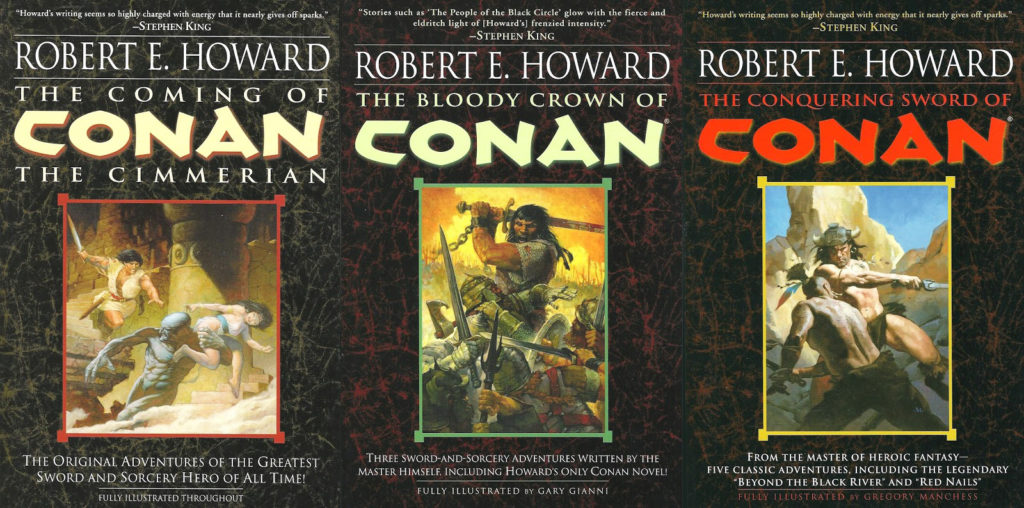





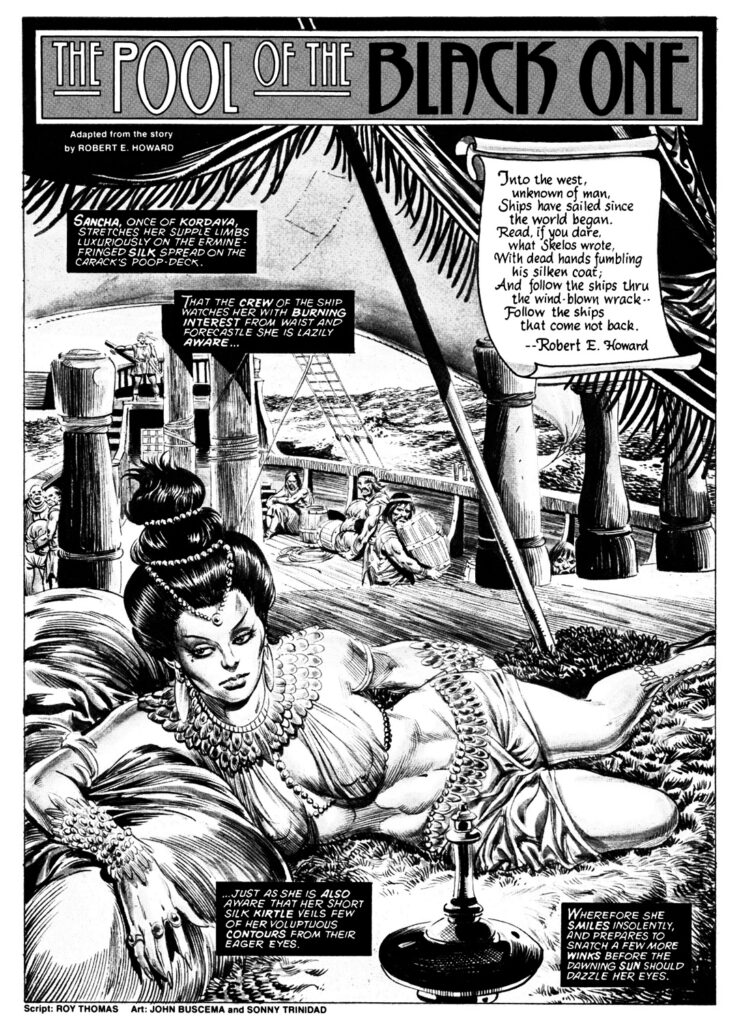
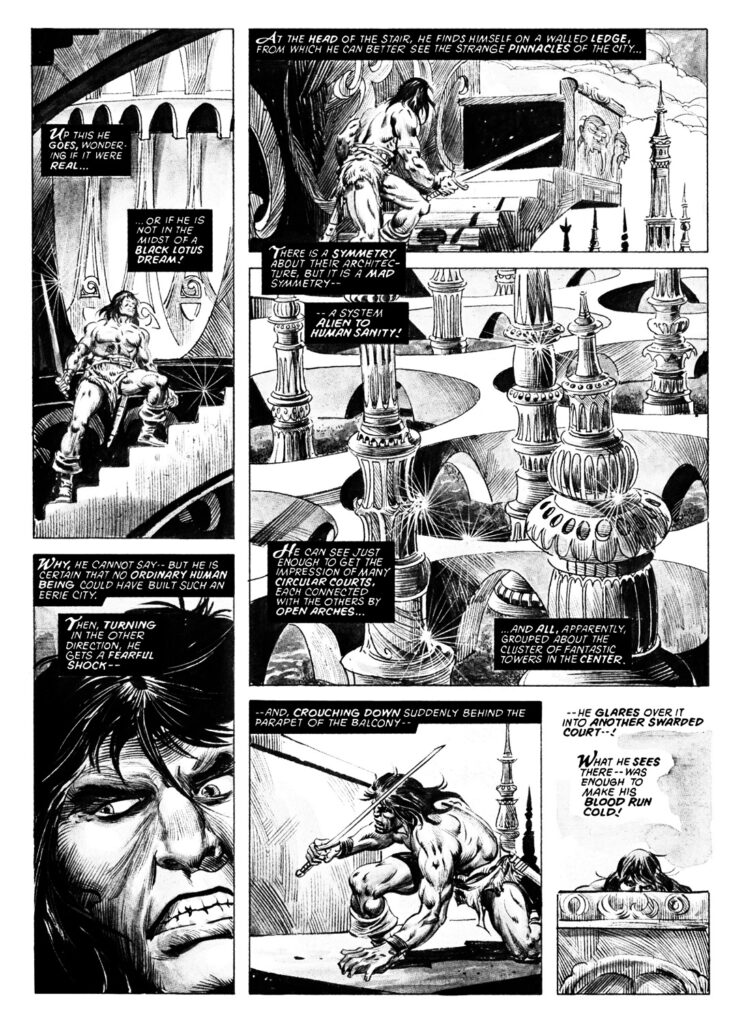




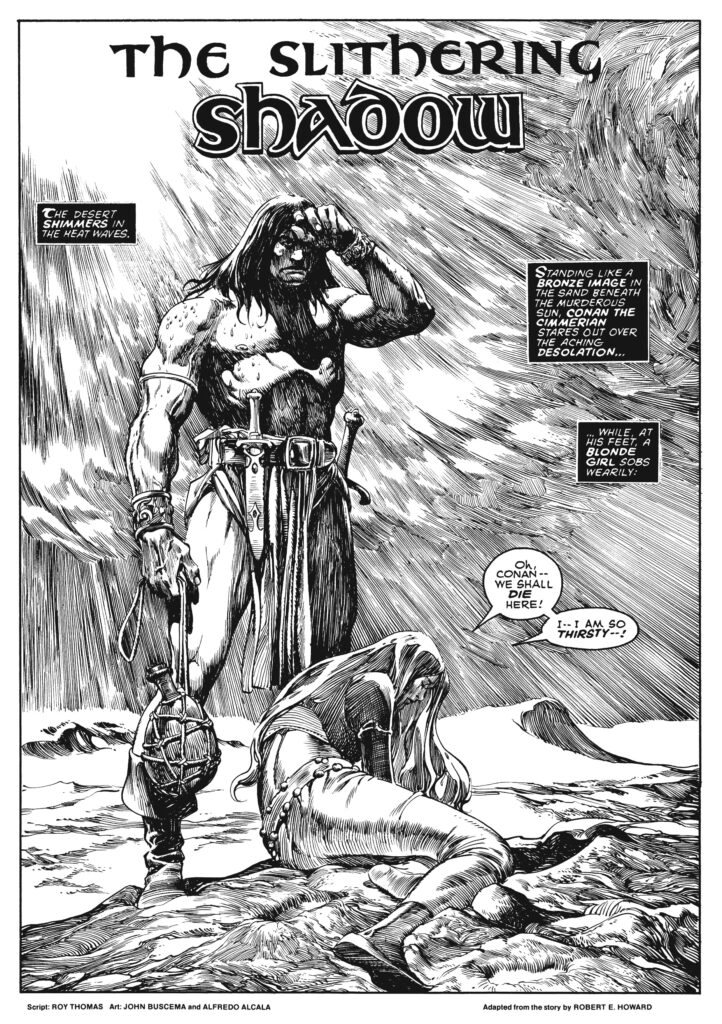















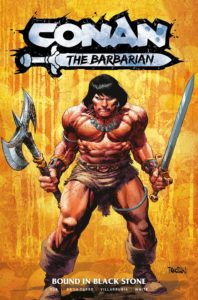



 Zub on Amazon
Zub on Amazon Zub on Instagram
Zub on Instagram Zub on Twitter
Zub on Twitter